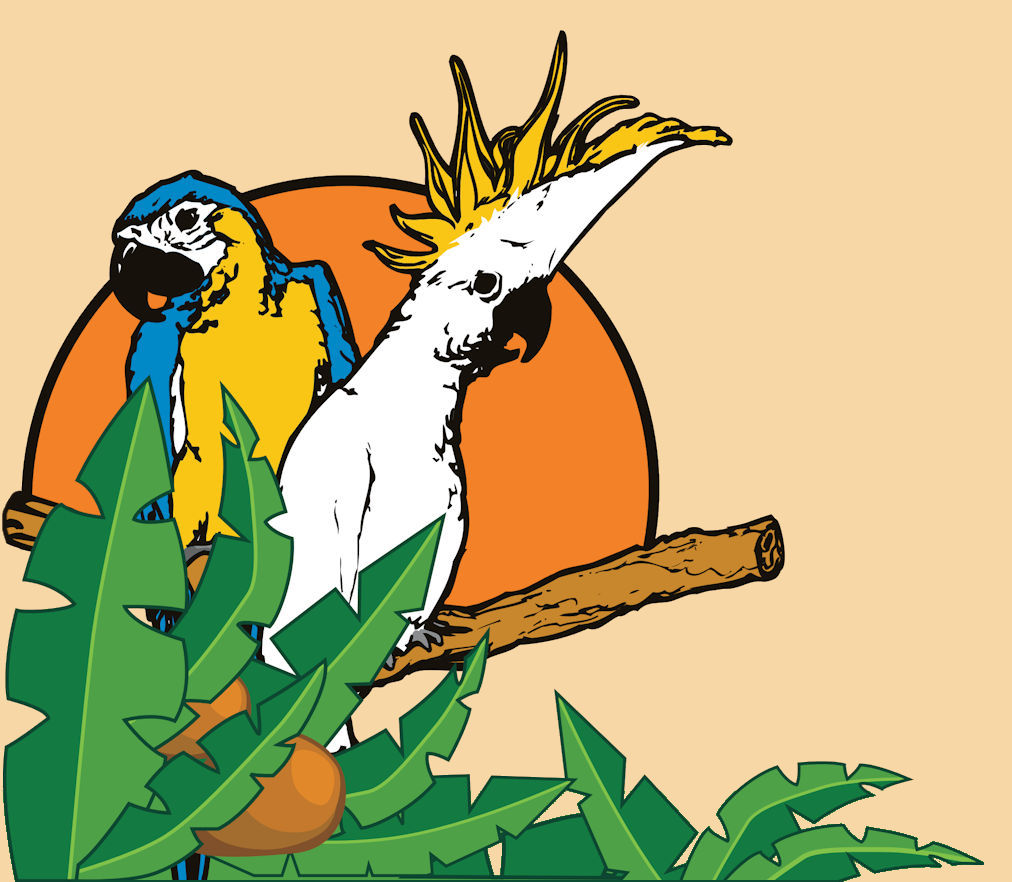Spring is a great time to take advantage of the beautiful, warm weather and let your birds enjoy it. For small birds, aviaries are a good way to let them exercise and fly, and the natural sunlight is good for their health and feathers. Whether you are just setting-up, buying or building an aviary- or even just maintain an existing one, here are some things to consider:
The Birds:
- Many birds are bred indoors and are not accustomed to outside temperature fluctuations. Acclimating a bird is very important to its long term well-being outdoors. Most birds can handle highs and lows (in moderation), but they must gradually adjust over a period of time. In very hot or very poor weather it is best to bring your birds inside if possible.
- Mixing different species of birds can give a natural and exotic feel to the aviary, but remember to only house compatible species together to reduce stress and fighting.
The Aviary:
- Before introducing any birds, make sure your cage is structurally sound and provides a safe and secure home for your birds.
- Holes in fencing materials are very easy to miss; finches and parakeets can slip out of very small gaps. Thoroughly inspect the cage for broken areas, bent wires, etc. and repair them.
- If your frame is made of wood, inspect all areas for chewing or rotten sections which could be weak points.
- Aviaries should have a protected and shaded area so that the birds are not in direct sun all day. These areas will also serve as wind buffers and offer shelter from the rain.
- Outside areas may bring pests and unwelcome visitors to the cage. Keep your birds safe by detering these animals and keeping the area clean of food waste. Keep animals out by using small spacing and sturdy gauge wire.
- Consider how you will enter, exit, and clean the aviary. In order to prevent birds from escaping, many are built with second entryways or chain curtains. Also make sure that you have easy access when refreshing food and water.
